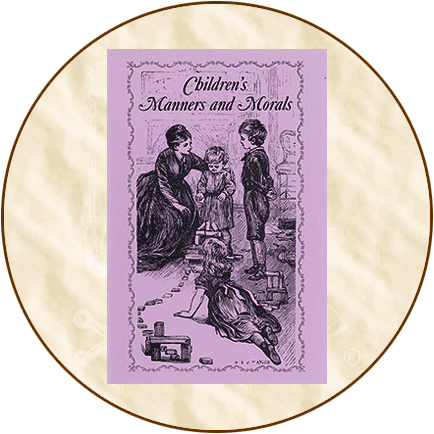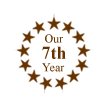.
Continued from product description
on Historical Books' Page One...
Historical
Background: Books on manners, morals, courtesy, behavior,
and etiquette were being printed as early as 1701. These books
included certain rules and instructions for proper behavior for
all young children who were to grow up in society. Examples of
good and bad behavior were written out and illustrated in these
books.
Children learned at an early age what was considered appropriate
conversation and what should be avoided. Table manners were very
important, as were classroom rules. Students were expected to
learn the art of writing letters with the very best handwriting.
Proper behavior even carried over into a child's pastimes. Mrs.
L Maria Child states in "The Girl's Own Book," published
in 1834, "girls who are habitually lady-like, will never
allow themselves to be rude and vulgar, even in play." Children's
manners from the 1700s and 1800s show how strict parents were.
The morals of today's children are certainly less stringent than
those of the Victorian era.
Fun
Fact: In 1858, Florence Harley wrote "The Ladies'
Book of Etiquette, and Manual of Politeness. A complete hand
book for the use of the lady in polite society. Containing full
directions for correct manners, dress, deportment, and conversation;
rules for the duties of both hostess and guest in morning receptions,
dinner companies, visiting, evening parties and balls; a complete
guide for letter writing and cards of compliment; hints on managing
servants, on the preservation of health, and on accomplishments.
And also useful receipts for the complexion, hair and with hints
and directions for the car of the wardrobe."
Fun
Fact: In 1873, Professor Thomas E. Hill wrote his first
"Manual of Social and Business Forms." Later, he wrote
"The Album of Biography and Art." Selections from both
these volumes were reprinted in 1967 in a publication titled
"Never Give a Lady a Restive Horse."













